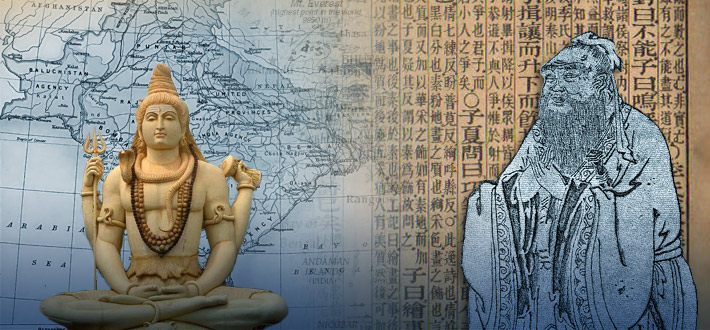
Axial Age Thought
It was a pivotal time in early human history when, in four distinct parts of the world, our ancestors began to reflect for the first time on individual responsibility and the meaning of life and death. The concept of one single God—to be worshipped not through ritual but through daily life—developed around personal transformation and responsibility.
Spiritual Foundations

Spiritual Foundations of Today
From 900–200 BCE a new mode of thinking developed almost simultaneously in four distinct areas of the world. In each area this was a time of change, social unrest, and political upheaval.
Judaism

Birth of the Old Testament
The Jewish oral tradition in its earliest times included stories absorbed and adapted from the whole region.
The Jewish People
The Bible presents a problem as far as historical accuracy goes, mainly because it was never intended to be a literal history.
The Axial Age Prophets
Axial-Age prophets no longer saw Yahweh as a god of war, or one appeased by empty ritual, they emphasized a more individual relationship with Yahweh that involved individual responsibility, morality and justice.
The Babylonian Captivity
In exile the Jews learned that Yahweh could be worshiped away from the Temple in Jerusalem, even in a foreign land. He could be worshipped in their way of life anywhere.
Hinduism

Axial Age Thought: Hinduism
The Hindus saw death as the passing of one’s own spirit into another new being, reincarnated in a continuous series of births, deaths and rebirths. Karma was like a physical law—what happens is a consequence of one’s own choice and behavior.
Buddhism

Axial Age Thought: Buddhism
Siddattha Gotama—the “Awakened One”—advised pupils not to accept anything simply because it is traditional or comes from sacred text or charismatic teacher. He emphasized the need to check one’s views, test ideas, and guard against the possibility of bias.
Zoroaster
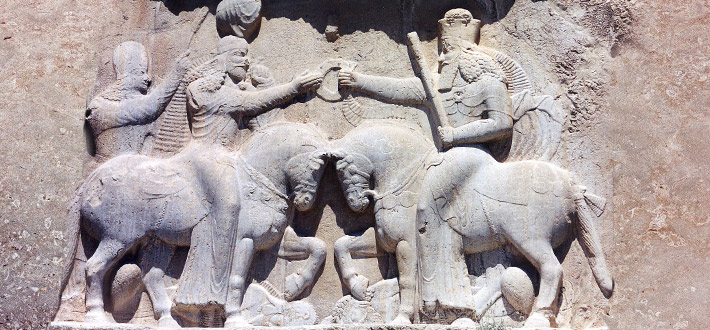
Axial Age Thought: Zoroaster
The prophet Zarathustra, known to the Greeks as Zoroaster, lived about 1200 BCE, three hundred years before Karl Jasper’s Axial Age, yet aspects of what he taught transformed Aryan beliefs in a way that anticipated the Axial Prophets.
Axial Age Thought: Greece

Greece: The European Axial Age
Something extraordinary in the history of humanity occurred 2,500 years ago in Athens—they organized themselves into a radically democratic government.
The Peloponnesian War 431–404 BCE
By the second half of the fifth century, Athens and Sparta emerged as the two most powerful states in Greece. But now without a common enemy, tensions grew between them, and in 431 BCE they confronted one another, with most of the Greek states joining in support of either state.
Religious Life in the Greek Axial Age (Part 1)
Greek religion was part of the attempt to reinforce a common sense of purpose, civic cohesion, and community. Faith was a private matter, whereas religion was a public affair enacted for the good of all.
Religious Life in the Greek Axial Age (Part 2): The Mystery Cults
Shrouded in secrecy, ancient mystery cults offered everyone—men, women, slaves and freemen—an opportunity to experience a more personal mystical religion, in which transcendence—or union with, rather than favor from, the divine was sought.
The Panhellenic Games
Honoring the Gods involved all aspects of the Panhellenic Games. The agon, or contest, was at the center of life for the Greeks in their striving towards individual excellence, while preparing them both physically and mentally for conflict.
The Theater of Ancient Greece
Greek dramatic plays, held in honor of selected gods, were unlike anything the world had seen before. They were performed in amphitheaters that provided a physical space in which foundational elements for the growth and sustainability of democracy were nurtured.
The Pre–Socratic Philosophers
Against a background of continuous strife, innovative thinkers came from both the eastern and western regions of the Greek world. Only fragments of their original writings survive, and our information about them comes from later philosophers such as Aristotle, who called them “Investigators of Nature.”
Socrates (470–399 BCE)
All that is known about Socrates, the Founder of Western Philosophy comes from the accounts of others: mainly the philosopher Plato and the historian Xenophon, who were both his pupils.
Aristotle (384–322 BCE)
In terms of his philosophical influence, only Plato is his peer. Aristotle’s works shaped centuries of philosophy from Late Antiquity through the Renaissance. A prodigious researcher and writer, Aristotle left a great body of work, perhaps numbering as many as two-hundred treatises, from which approximately thirty-one survive.
Axial Age Thought: China
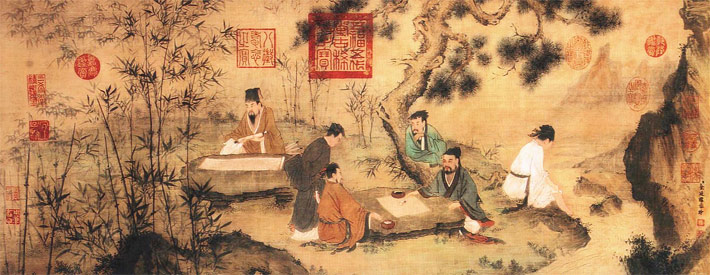
The Spring and Autumn Period (770–476 BCE) and the Warring States Period (476–221 BCE)
The Spring and Autumn and the Warring States Period was the time of the Zhou dynasty and its eventual dissolution politically. The harmonious relationship between Heaven and Earth traditionally maintained by the King gradually disappeared, replaced by crass efficiency and brutality. This period, which must have seemed disastrous for so many, would finally stimulate the surge of creativity that was the Axial Age for China.
The Hundred Schools of Thought
During the chaos and confusion of the bloody battles and the social disruption of the Spring and Autumn and the Warring States periods, a new and vital cultural and intellectual movement emerged that to this day profoundly influences the lifestyles and social consciousness of millions of people.
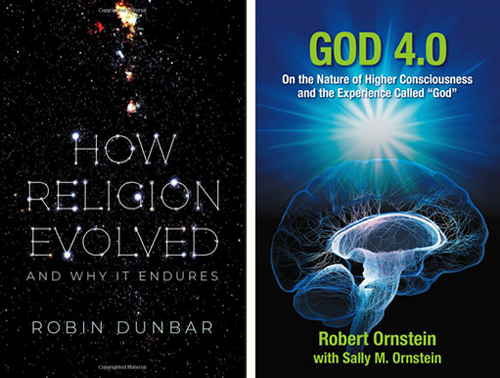
A Contemporary Look at the Nature of Religious Experience
Review by George Kasabov
Contributing Writer
People can persuade themselves of anything. Many believe that death is a transition to a transcendental world, that miracles occur through the will of God, or that our lives are ruled by immaterial spirits. How is it that, in our scientific age, when we have learned so much about the evolution of the universe and the nature of life, so many still cling to such beliefs?
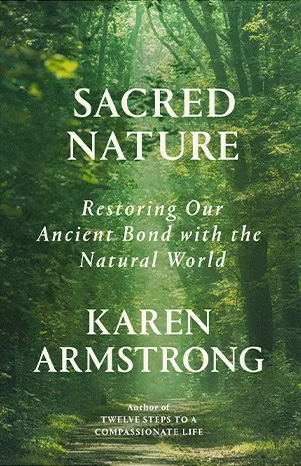
Returning to the Spirit in “Sacred Nature”
Farooq Chadhry
A review of Sacred Nature by Karen Armstrong
A staggering 33 million people have been internally displaced in Pakistan. Because climate change is likely to have played a role in the heavy rains, the displaced can be considered “climate refugees”— a term that the novelist Fatima Bhutto urges us remember, as we will all be impacted by climate change, and many of us will become migrants as a result, if we haven’t already.
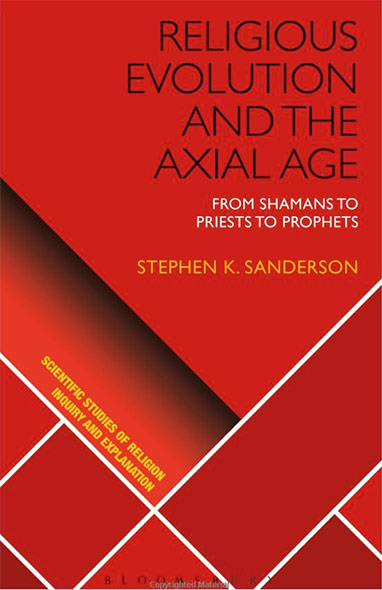
Religious Evolution and the Axial Age
From Shamans to Priests to Prophets (Hardcover edition 2018)
Stephen K. Sanderson
Reported by Sally Mallam
Contributing Writer
Why are there are so many different types of religion and how and why has religion evolved over time? The answer lies in both our biological and our sociocultural evolution.
In the series: Ideas that Shaped Our Modern World
- Paleolithic Beginnings
- Connecting with the Gods
- Jesus: Origins of Christianity
- Muhammad: Origins of Islam
- The Journey of Classical Greek Culture to the West
- Stories and Storytelling
- A Contemporary Look at the Nature of Religious Experience
- Returning to the Spirit in “Sacred Nature”
- Religious Evolution and the Axial Age
